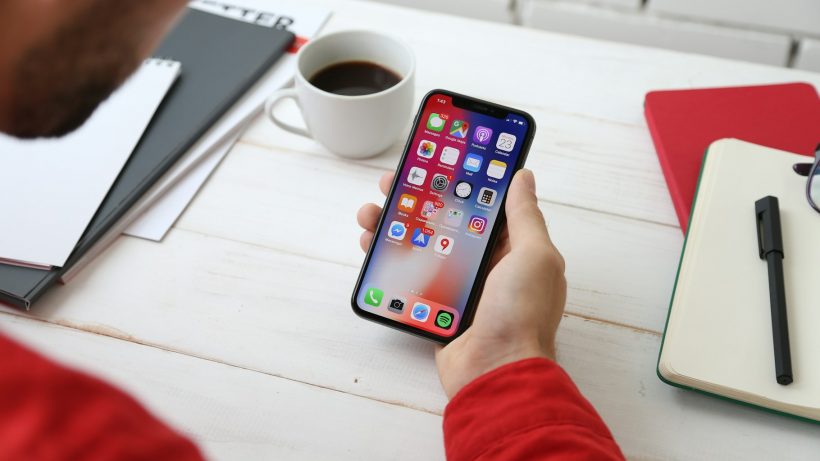on February 6, 2025

Responsive design has become a cornerstone of modern web development, ensuring that websites look and function seamlessly across all devices. Media queries are a vital tool for implementing media queries mobile styling, allowing developers to adapt layouts, styles, and functionality to different screen sizes.
This guide dives into how media queries enhance mobile styling, the best practices for implementation, and tools to streamline the process, helping you achieve precise and efficient results.
Understanding Media Queries
Media queries are CSS rules that apply styles based on specific conditions, such as screen size, resolution, or orientation. By using media queries, developers can create responsive designs that adjust to the unique needs of each device.
For instance, a media query can ensure a navigation menu designed for desktops transforms into a compact dropdown for mobile devices.
Example of a simple media query:
@media (max-width: 768px) {
.container {
flex-direction: column;
}
}
For more details, refer to the MDN Web Docs on Media Queries.
Why Media Queries Matter for Mobile Styling
Enhanced User Experience
Responsive designs powered by media queries ensure users can navigate and interact with your website effortlessly, regardless of their device.
SEO Benefits
Search engines like Google prioritize mobile-friendly websites, making responsive design critical for improving rankings and visibility.
Device Adaptability
With countless devices on the market, media queries allow developers to cater to varying screen sizes, from smartphones to tablets.
Brand Consistency
Media queries ensure design elements, such as typography and imagery, remain consistent across devices, reinforcing brand identity.
Key Components of Media Queries
Breakpoints
Breakpoints define the conditions under which specific styles apply. Common breakpoints include:
- 320px: Small smartphones.
- 768px: Tablets.
- 1024px: Small desktops.
Logical Operators
Logical operators like and, not, and only refine media query conditions. Example:
@media only screen and (max-width: 768px) {
.header {
display: none;
}
}
Media Features
Media features, such as width, orientation, and resolution, specify the properties to test.
How to Use Media Queries for Mobile Styling
Plan Your Layout
Before writing media queries, define your design for mobile, tablet, and desktop views. Use tools like Figma to create responsive mockups.
Start with Mobile-First Design
Develop styles for smaller screens first, then add styles for larger devices. This approach minimizes redundant code and improves performance.
Example:
.container {
display: flex;
flex-direction: column;
}
@media (min-width: 768px) {
.container {
flex-direction: row;
}
}
Use Percentage-Based Widths
Replace fixed widths with percentage-based values to ensure fluid layouts:
.container {
width: 100%;
}
Adjust Typography
Use relative units like em or rem for font sizes to ensure scalability across devices.
Example:
@media (max-width: 480px) {
h1 {
font-size: 1.5rem;
}
}
Optimize Images
Use responsive image techniques, such as the picture element or CSS rules, to deliver appropriately sized images for each device.
Example:
img {
max-width: 100%;
height: auto;
}
Best Practices for Media Queries Mobile Styling
Test on Multiple Devices
Ensure your styles work seamlessly on various devices and browsers using tools like BrowserStack.
Limit the Number of Breakpoints
Use only essential breakpoints to avoid overly complex stylesheets.
Avoid Overwriting
Write media queries logically to prevent unintentional overwriting of styles.
Focus on Performance
Minimize large background images and unnecessary animations to improve loading speeds for mobile users.
Use Frameworks
Frameworks like Bootstrap and Foundation include predefined media queries to simplify responsive design.
Tools to Simplify Media Queries
CSS Preprocessors
Tools like Sass and LESS allow developers to organize and manage media queries efficiently with nested styles.
Example using Sass:
.container {
width: 100%;
@media (min-width: 768px) {
width: 50%;
}
}
Responsive Design Tools
Platforms like Adobe XD and Sketch provide responsive design features for mockups and prototypes.
Online Testing Platforms
Use testing tools like Responsinator or Screenfly to preview your site on different devices.
Common Mistakes in Mobile Styling
Overloading with Breakpoints
Too many breakpoints can complicate your stylesheets. Focus on key breakpoints for clarity and efficiency.
Ignoring Accessibility
Ensure your mobile styles prioritize accessibility, such as touch-friendly buttons and readable fonts.
Fixed Layouts
Avoid using fixed dimensions for containers or images. Opt for flexible layouts to accommodate different screen sizes.
Neglecting Landscape Orientation
Consider both portrait and landscape orientations in your styling to ensure a complete mobile experience.
Real-Life Applications of Media Queries
E-commerce Stores
An online retailer used media queries to create a collapsible navigation menu for mobile users, improving usability and increasing mobile conversions.
Blogging Sites
A blog implemented media queries to adjust font sizes and line spacing for better readability on smartphones.
Corporate Websites
A consulting firm optimized its service pages with media queries, ensuring the content was legible and professional on all devices.
Monitoring the Performance of Responsive Designs
Analyze Traffic
Use Google Analytics to track mobile traffic and identify areas for improvement.
Measure Load Times
Test loading speeds with GTmetrix or Google PageSpeed Insights.
Collect User Feedback
Gather feedback from users to refine your mobile designs further.
Conclusion
Media queries are indispensable for creating responsive designs that adapt seamlessly to various devices. By mastering media queries mobile styling, developers can enhance user experience, improve SEO, and ensure brand consistency across screens.
For additional resources, visit MDN Web Docs or explore frameworks like Bootstrap. With the right approach and tools, you can achieve precise and efficient mobile styling that sets your website apart.
